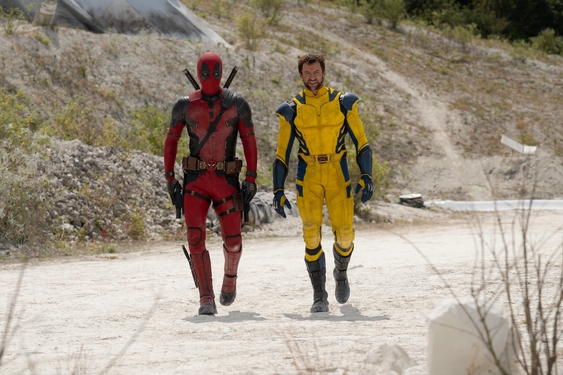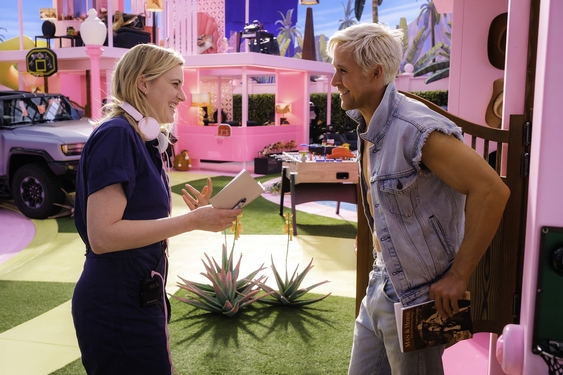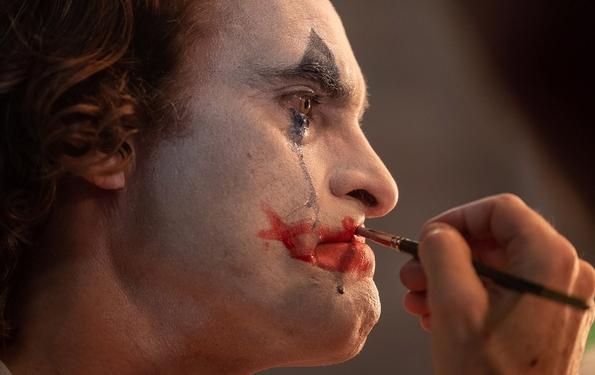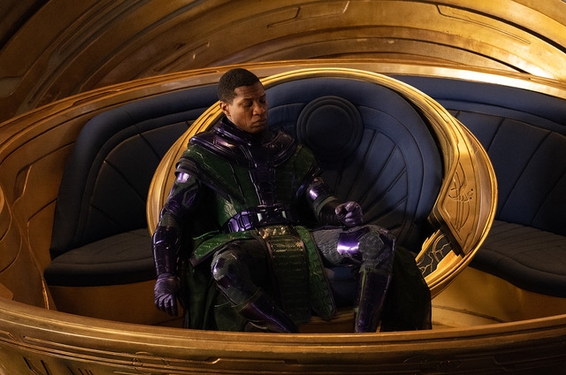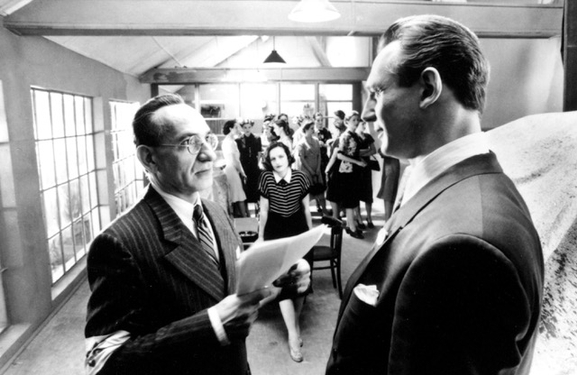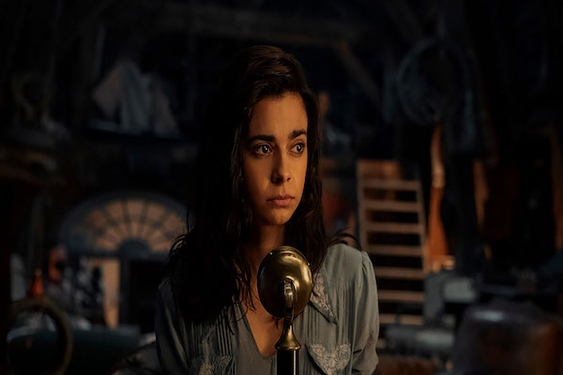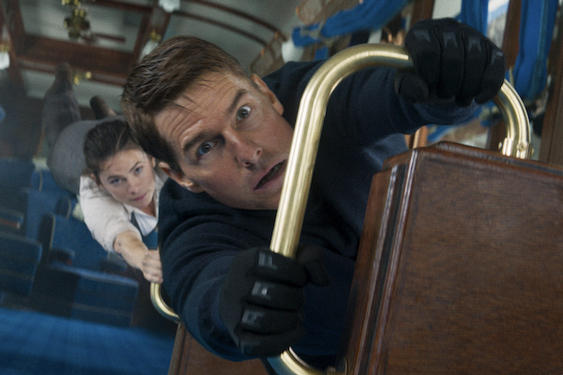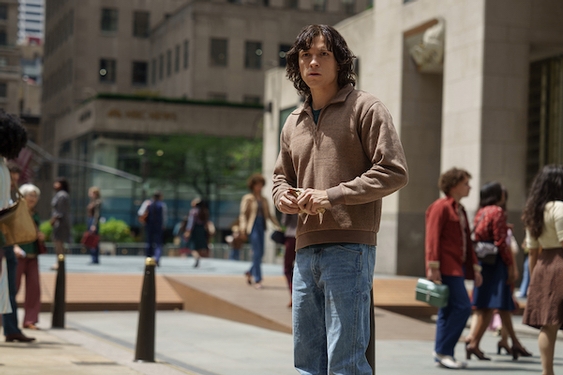The recent release of The Adventures of Tintin trailer revealed the look of director Steven Spielberg’s long-gestating adaptation of the popular European comic series. The story of an intrepid young reporter on a hunt for a ship’s treasure inspired by the work of Belgian artist Herge, Tintin was shot in a shadowy film-noir style using the same performance-capture technology that James Cameron deployed on Avatar. The trailer’s scenes of photo-real characters adventuring in an animated world raise anew a question that has bedeviled the Academy of Motion Picture Arts and Sciences in recent years: how to treat films that use performance capture, or motion capture, as the technique is also called. Relying on both actors and animators to tell its story, Tintin is one of a growing category of movies that don’t fit neatly in either the animation category or live action.
“You’ll never be able to define an animated film by how it looks, ’cause we’re using the same artists, the same software, the same computers to do very cartoony stuff and very photo-real stuff,” says Bill Kroyer, a governor of the academy’s short films and animation branch. “Where are you going to draw the line? You can see how this is going to become an increasing problem. From our standpoint, it’s about preserving a specific art form.”
With star power such as Spielberg and producer Peter Jackson behind it, Tintin looks likely to garner awards-season attention, and if it does, Spielberg would like it to be in the animated category, according to a spokeswoman at Paramount Pictures.
“In a year filled with sequels, [Tintin] should stand out for its originality,” says Bill Desowitz, senior editor of the Animation World Network, an animation publishing group. “The Herge comics, while unknown to most Americans, offer a sense of grand adventure and nostalgia. Meanwhile, the colorful, hyper-real look of the animation, with its exotic locations, should help bolster the appeal.”
The academy amended its rules in 2010 to address motion capture. In addition to Avatar, the technique has been used on films including Polar Express, Happy Feet and the Lord of the Rings trilogy. To make these films, actors wear body suits with markers, and cameras record their movements. Then visual-effects artists and animators add to the actors’ performances.
“Motion capture by itself is not an animation technique,” the academy rules stipulate. “In addition, a significant number of the major characters must be animated, and animation must figure in no less than 75 percent of the picture’s running time.”
Tintin relies on motion-capture performances for most of its major characters, including Tintin (played by Jamie Bell), a pirate (Daniel Craig) and a pair of bumbling detectives (Simon Pegg and Nick Frost). But animators are working with those performances – Pegg and Frost, for instance, who are physical opposites in real life, play twins.
“If it was intended to simply be a copy of a live actor’s work, then we would not consider it animation,” Kroyer says. “At the moment, we have not determined a way to make that decision. It lies with the intention of the director.”
In the case of Avatar, Cameron chose to campaign his film – which relied on such actors as Zoe Saldana and Sam Worthington and on animators at Weta Digital to create its tall, blue characters – as live action.
“You have opinions that run the entire gamut,” says Kroyer. “You have people who are prophets of motion capture and other people who say, ‘It’s heresy, and I will never use it.’ I think mo-cap is as legitimate a tool as anything for making films, but it’s not the kind of animation we always did.” The motion-capture Oscar debate is not likely to go away soon: Jackson’s The Hobbit: Part 1, which will rely on the technique for some characters, is due in 2012, a second Tintin movie is slated for 2013 and Avatar 2 is coming in 2014.
© 2011, Los Angeles Times. Distributed by McClatchy-Tribune Information Services.
Film: Special Features
Tintin Technology: Awkward for Academy
By Rebecca Keegan

Tintin (Jamie Bell), Captain Haddock (Andy Serkis), and Snowy in the Tintin movie.
(Credit: Courtesy of WETA)
Article posted on 6/1/2011
This article has been viewed 2461 times.



